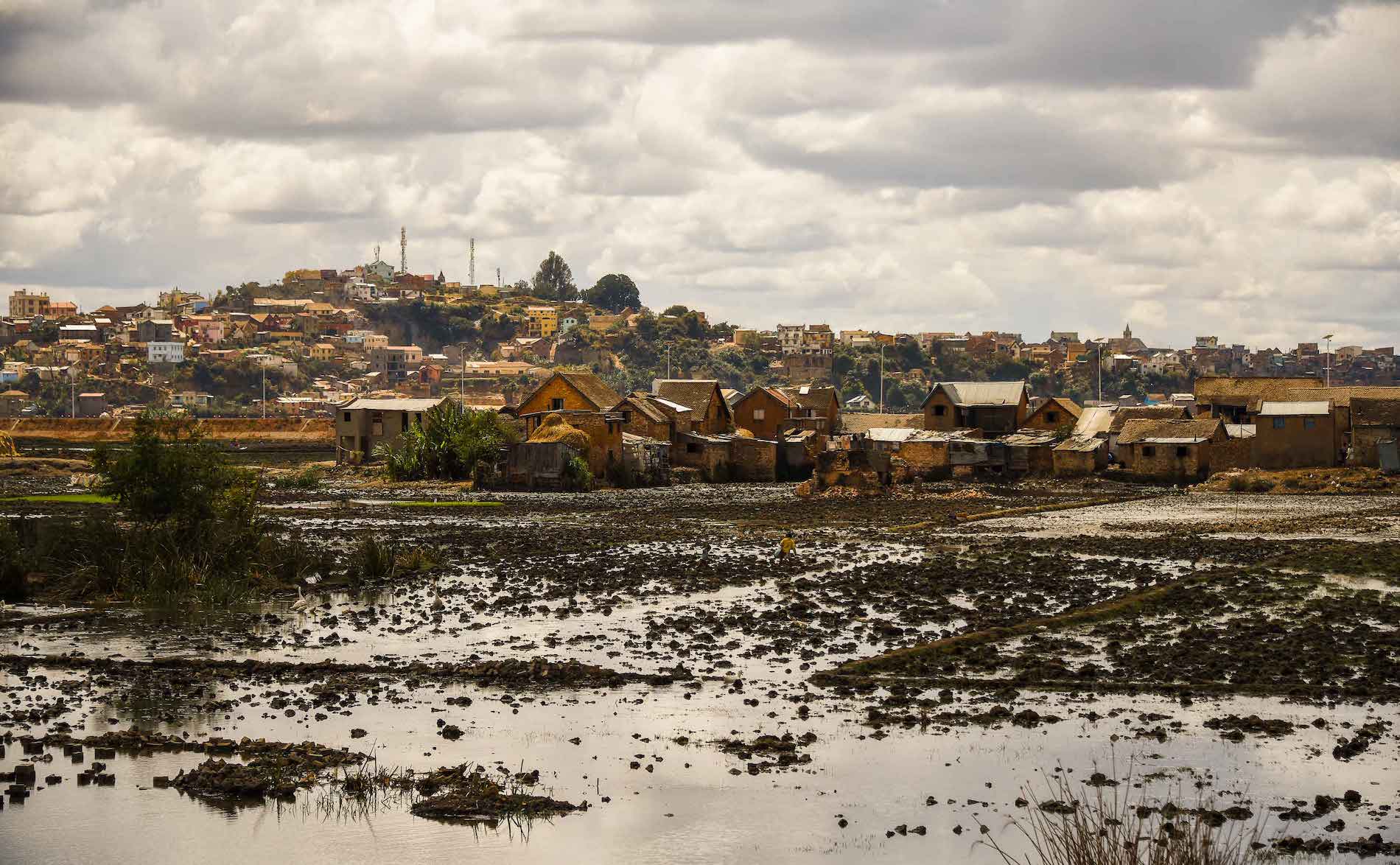[RES] Resilient Blue-Green Infrastructures

Enabling transformation towards liveable and climate-resilient flood-prone landscapes of tropical cities
Much of the world’s urbanisation is occurring in the hinterlands of cities. Infrastructure development is, however, not keeping up with the rapid and mostly unplanned changes. This has resulted in an increasing number of urban dwellers living in under-served areas and may ultimately lead to a global infrastructure crisis.
Many communities compensate by relying on local waterways and green areas to meet basic needs including food, water, sanitation, and recreational spaces. While blue and green infrastructures are increasingly recognised as necessary strategies to relieve the lack of infrastructures, they are not sufficiently seen as assets worth building and maintaining in the fabric of fast-changing cities and their hinterlands.
The overall goal of the Resilient Blue-Green Infrastructures module is thus to design and plan feasible blue and green infrastructures that would not only improve urban water efficiency and reduce flooding. They would also support local food production, mitigate heat island effects, improve water pollution control, provide recreation, promote biodiversity, provide jobs for citizens, and ultimately, improve the quality of life for citizens.
By reinforcing and/or introducing these nature-based (green) storm water management (blue) in the urban fabric, the hinterlands could become more resilient to climate change and population growth.
Team
Principal Investigator
chevron_right Prof. Dr Adrienne GRÊT-REGAMEYResearchers
- chevron_right Nary ANDRIAMANANJATOVO
- chevron_right Valérie ANDRIAMANGA
- chevron_right Constance BROUILLET
- external page call_made Fabrizia FAPPIANO
- external page call_made Joao LEITAO
- chevron_right Hoby NAMBININTSOA NOMENJANAHARY
- chevron_right Luc SCHMID
- chevron_right Dr Philipp URECH
- chevron_right Fanny VOELIN
- external page call_made Dr Julie ZÄHRINGER